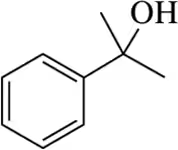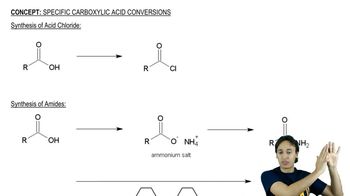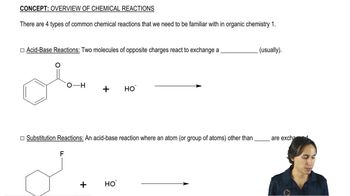Cardura, a drug used to treat hypertension, is synthesized as shown here.
b. Show the mechanism for conversion of A to B. Which is formed more rapidly, A or B?

 Verified step by step guidance
Verified step by step guidance Verified video answer for a similar problem:
Verified video answer for a similar problem:



 8:33m
8:33mMaster Drawing the SN2 Mechanism with a bite sized video explanation from Johnny
Start learning